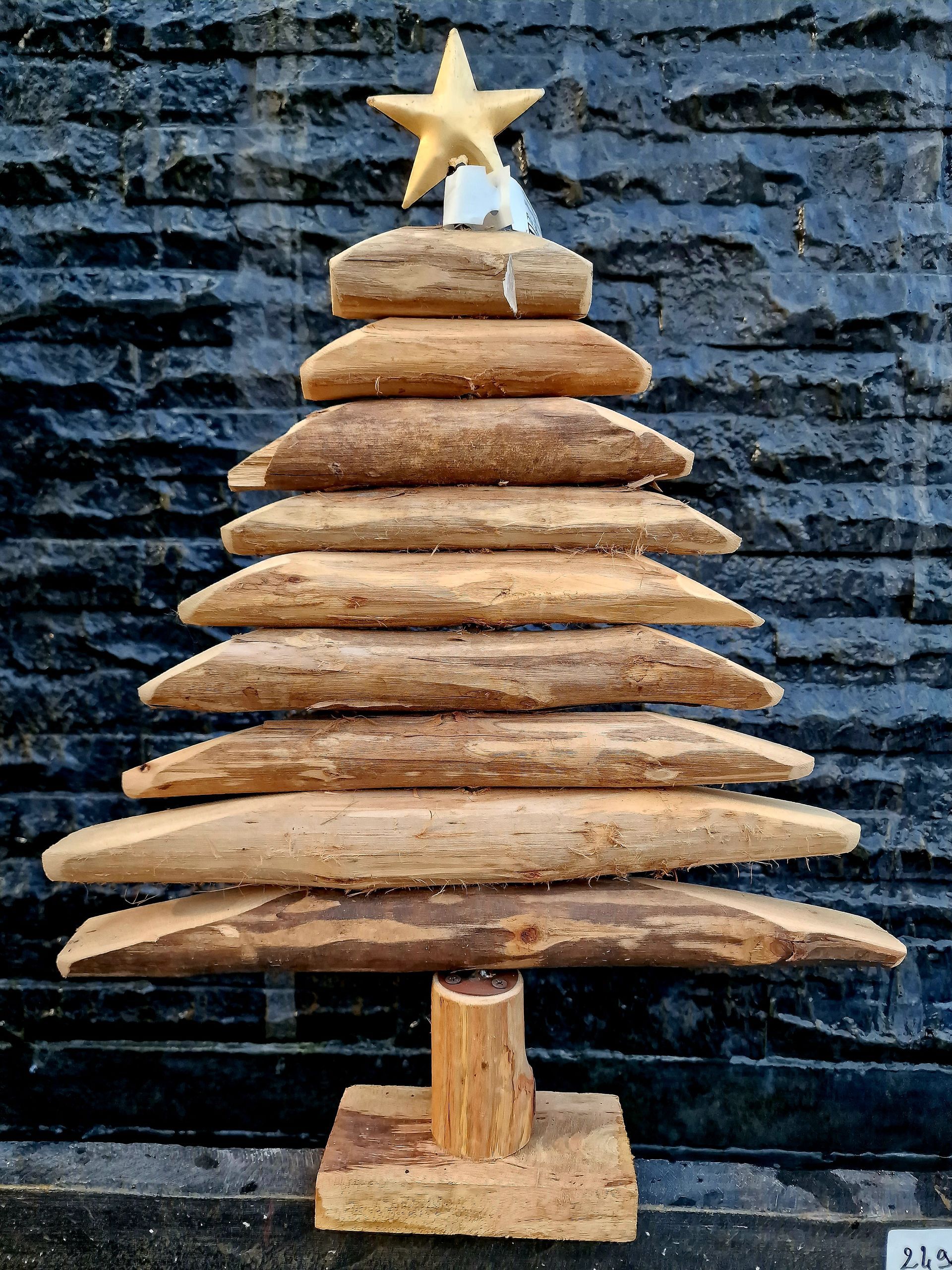The NORDMANN Christmas tree has flat, dark green, shiny needles with a truncated tip. It grows in mountain forests (1,000 to 2,000 m above sea level). It was introduced to Europe in 1838 by Alexander von Nordmann, who sent the first seeds. Our NORDMANN Christmas trees are standard choice (with stand), 1st choice extra quality (with or without stand) or in a growing pot
Christmas trees 2024
Nordmann firs from €19.95
Nordmann firs, standard choice WITH free log
| Denomination | Size | Price |
|---|---|---|
| 100 / 150 | 19,95 € | |
| 150 / 200 | 29,95 € | |
| 200 / 250 | 49,95 € | |
| 250 / 300 | 89,00 € | |
| 300 / 350 | 149,00 € | |
| 350 / 400 | 195,00 € |
1st choice Nordmann firs WITH free log
| Denomination | Size | Price |
|---|---|---|
| 1st choice Nordmann fir with free log holder | 80 / 100 | 26,50 € |
| 1st choice Nordmann fir with free log holder | 100 / 125 | 33,00 € |
| 1st choice Nordmann fir with free log holder | 125 / 150 | 45,00 € |
| 1st choice Nordmann fir with free log holder | 150 / 175 | 54,00 € |
| 1st choice Nordmann fir with free log holder | 175 / 200 | 69,00 € |
| 1st choice Nordmann fir with free log holder | 200 / 250 | 98,00 € |
| 1st choice Nordmann fir with free log holder | 250 / 300 | 149,00 € |
| 1st choice Nordmann fir with free log holder | 300 / 350 | 195,00 € |
| 1st choice Nordmann fir with free log holder | 350 / 400 | 249,00 € |
Nordmann firs 1st choice drilled base without support
| Denomination | Size | Price |
|---|---|---|
| Nordmann fir 1st choice drilled base without support | 80 / 100 | 23,50 € |
| Nordmann fir 1st choice drilled base without support | 100 / 125 | 29,00 € |
| Nordmann fir 1st choice drilled base without support | 125 / 150 | 39,00 € |
| Nordmann fir 1st choice drilled base without support | 150 / 175 | 49,00 € |
| Nordmann fir 1st choice drilled base without support | 175 / 200 | |
| Nordmann fir 1st choice drilled base without support | 200 / 250 | 89,00 € |
Nordmann firs in growing pots
| Denomination | Size | Price |
|---|---|---|
| Nordmann fir in growing pot | 80 / 100 | 49,00 € |
| Nordmann fir in growing pot | 100 / 125 | 59,00 € |
| Nordmann fir in growing pot | 125 / 150 | 69,00 € |
| Nordmann fir in growing pot | 150 / 175 | 89,00 € |
Spruce firs from €9.95
| Denomination | Size | Price |
|---|---|---|
| Excelsia Spruce Fir with free log holder | 50 / 60 | 9,95 € |
| Excelsia Spruce Fir with free log holder | 80 / 100 | 17,50 € |
| Excelsia Spruce Fir with free log holder | 100 / 150 | 22,50 € |
| Excelsia Spruce Fir with free log holder | 150 / 200 | 29,50 € |
| Excelsia Spruce Fir with free log holder | 200 / 250 | 42,50 € |
| Excelsia Spruce Fir with free log holder | 250 / 300 | 79,00 € |
Water reserve cup holder
| Denomination | Size | Price |
|---|---|---|
| Water reserve cup holder | D 25 | 11,95 € |
| Water reserve cup holder | 80 / 100 | 19,50 € |
| Water reserve cup holder | 100 / 150 | 27,00 € |
Welcome to the heart of Christmas magic
Christmas activities at the Pépinière des Aspres
Like every year, Aspres Nursery in Grasse presents its Christmas animations
- Tastings of homemade mulled wine (see details and conditions in the visual below)
- Tasting of Christmas cookies made by Jean Luc Pelé, famous pastry chef from the Côte d'Azur
Every Friday, Saturday and Sunday from 4 p.m. and while stocks last

Christmas trees at the Pépinière des Aspres
As part of the eco-responsible approach of the Aspres Nursery in Grasse and its adherence to the beekeeping plan of the Alpes Maritimes Departmental Council:
The Pépinière des Aspres in Grasse will not take back your trees after the holidays.
as some brands do
- On the one hand for hygiene and safety reasons
- On the other hand, in order to
- preserve the quality and health of our plants
- On the one hand, because this type of fir trees is considered dangerous from a safety perspective (consumer associations) due to its high flammability.
- On the other hand, these
- fir trees
- are covered in fake white snow and contain toxic products that emit volatile organic compounds and therefore cannot be recycled. They are therefore harmful to nearby plants and also to wildlife.
- On the one hand, because our role is to offer you living plants And in good health. We do not sell any artificial flowers or plants other than hedges and privacy screens).
- On the other hand because the
- fir tree
- artificial has a much less favorable carbon footprint. Made from petroleum derivatives, they are therefore far from being ecological (1)
We recommend that you
bring your tree to the municipal recycling center
The one in Grasse is located on Route de la Marigarde and is open every day except Sunday from 8 a.m. to 11:45 a.m. and from 2 p.m. to 4:45 p.m.
The Aspres Nursery in Grasse does not sell flocked fir trees.
The Aspres Nursery in Grasse does not sell artificial trees.
Finally the
natural fir tree
- even intended for the unique ornamental and festive use of Christmas - stores CO2 throughout its growth (between 5 to 15 years depending on its height) and can be easily recycled.
The Aspres Nursery in Grasse
has chosen for all of its
fir trees
a French family business based in the Vosges forest to guarantee that the tree that will sit in the heart of your home is a tree that was planted and grew in France!
(1) Study carried out by ELLIPSOS MONTREAL
“COMPARATIVE LIFE CYCLE ASSESSMENT (LCA) OF ARTIFICIAL VS NATURAL CHRISTMAS TREE”



























